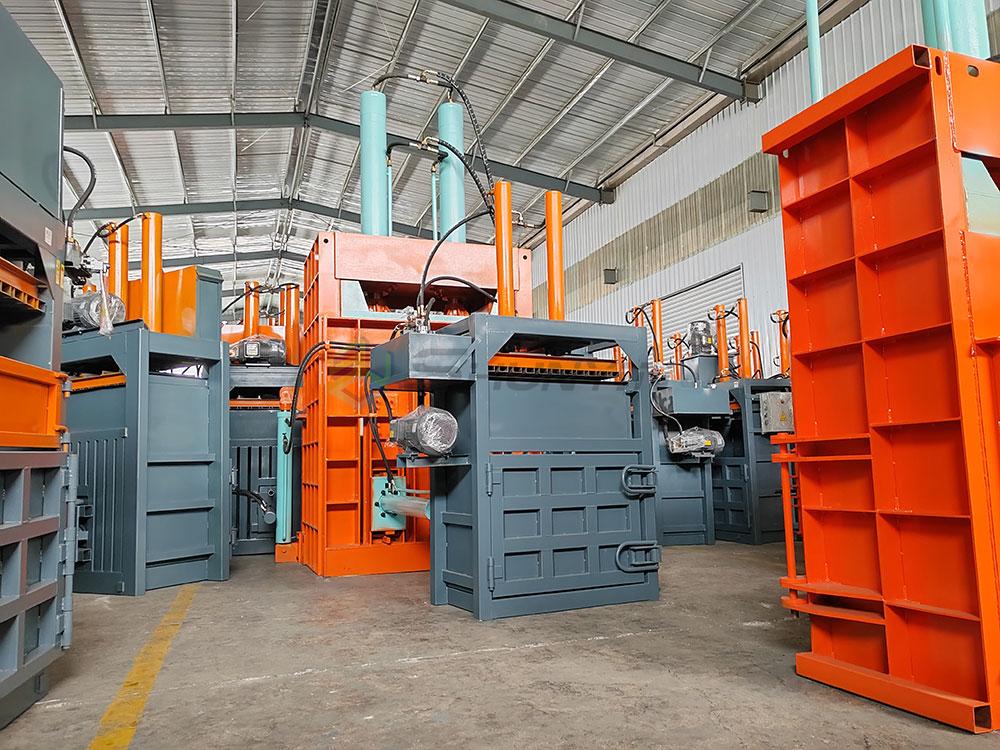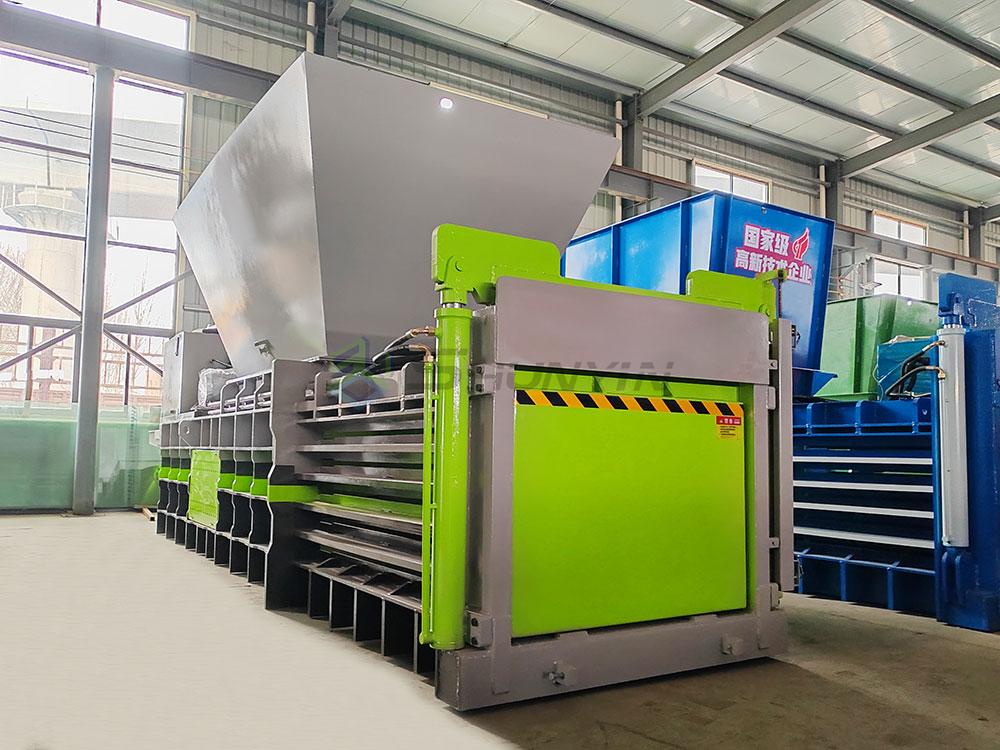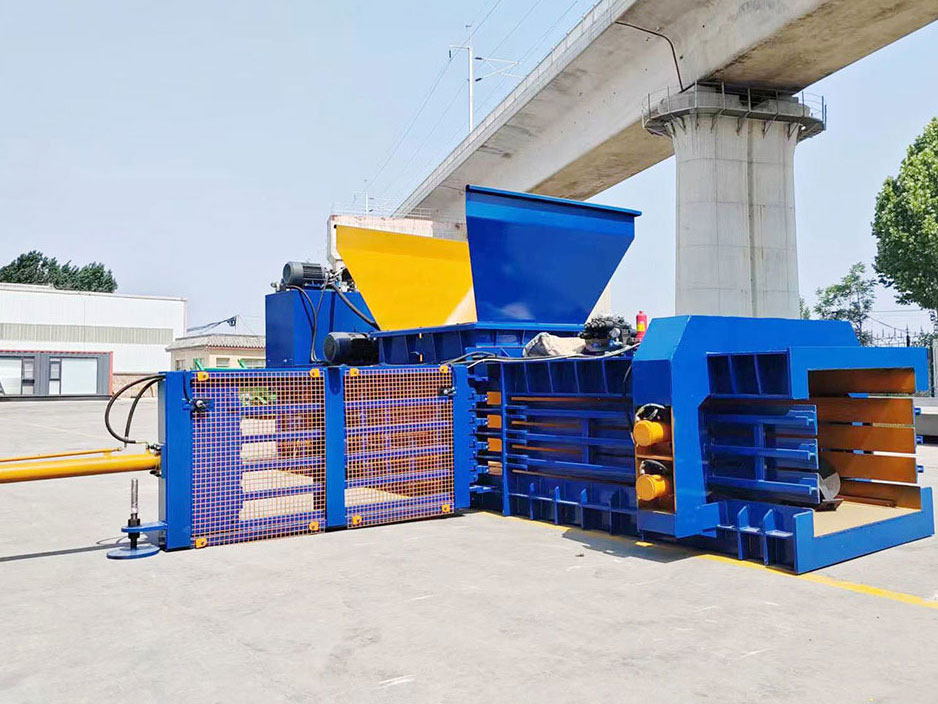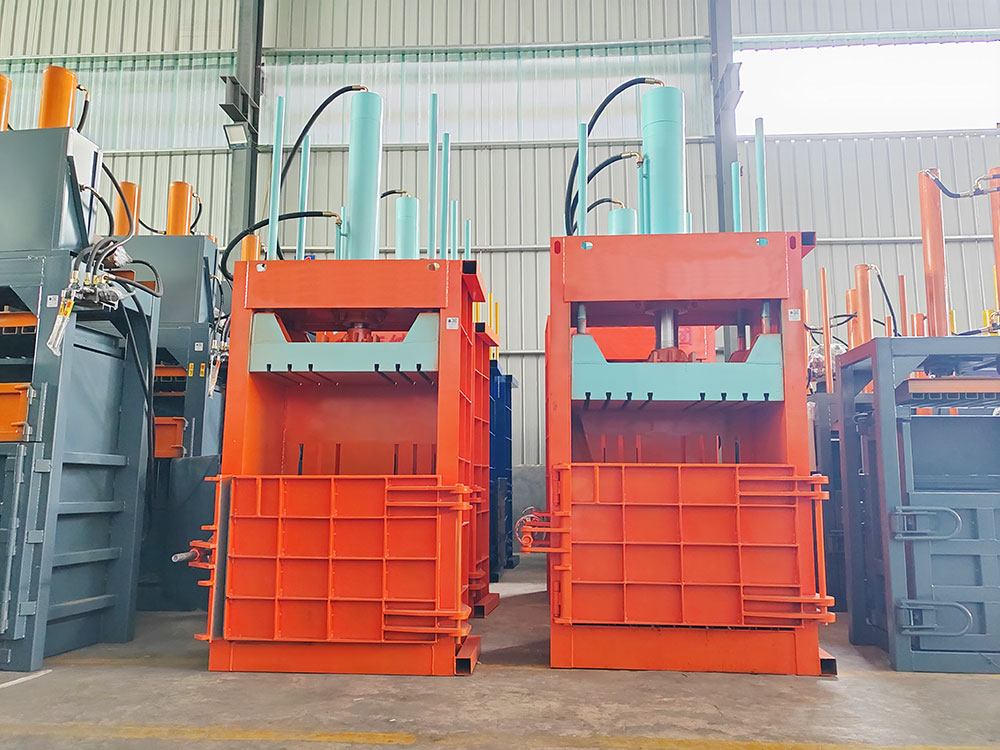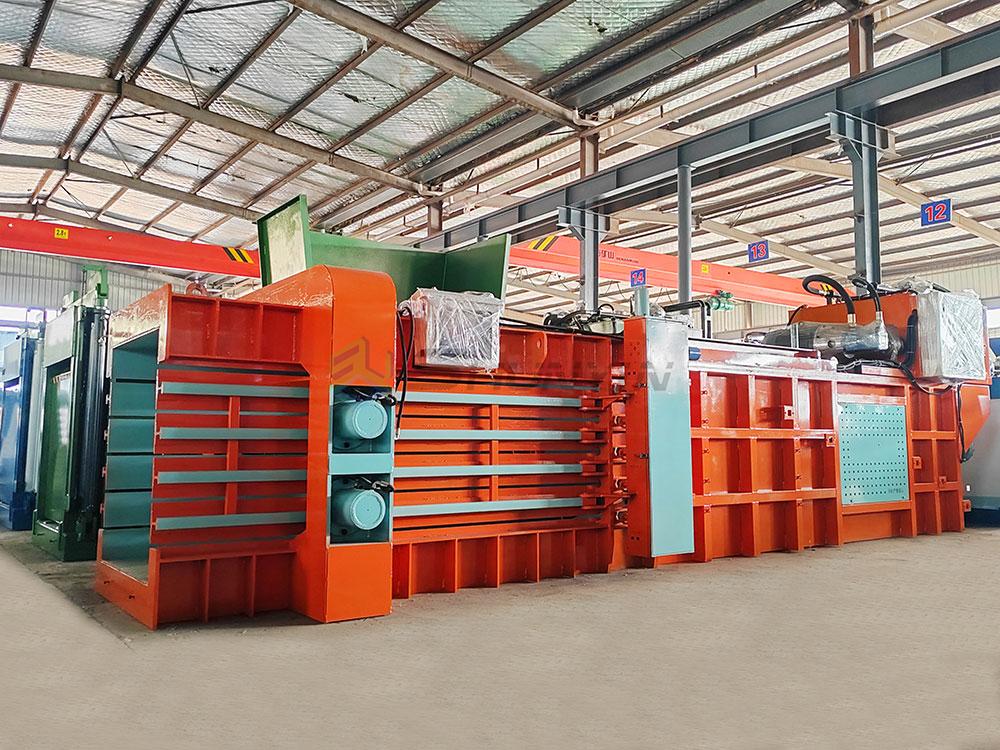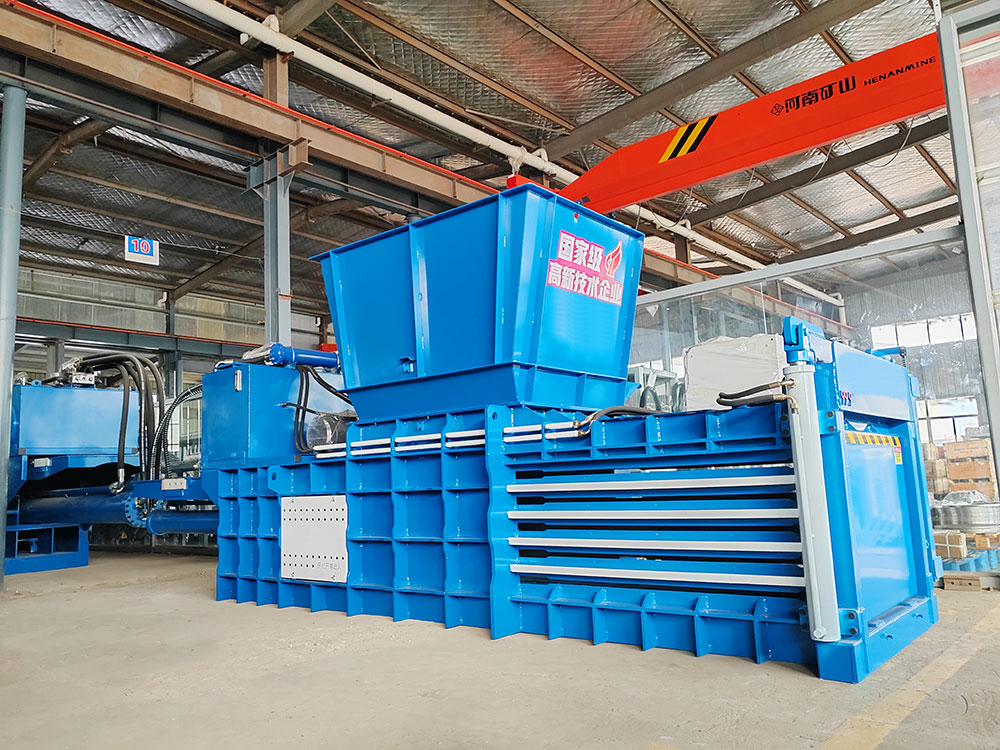From Hay to Metal: The Ultimate Baler Machine for Every Industry!
✔️ Cut Waste Volume by 80%, Save 50% on Labor Costs, & Turn Scrap into Cash!
A1:
A Baler Machine compresses materials (hay, plastic, metal, cardboard) into compact bales for storage, transport, or resale. Modern balers use hydraulic power to achieve forces up to 80 tons, and are critical in industries like agriculture, recycling, and manufacturing.
Pro Tip: Always match baler type to material – e.g., Round Balers for hay vs. Horizontal Balers for industrial scrap.
A2:
| Baler Type | Price Range | Best For |
|---|---|---|
| Manual Vertical Baler | $3,000-$8,000 | Small shops, low-volume paper/cardboard |
| Semi-Automatic Baler | $10k-$30k | Medium farms, light metal scraps |
| Fully Auto Heavy-Duty | $50k+\ | High-volume recycling plants |
Hidden Cost Alert: Factor in maintenance ($500/year average) and energy usage (e.g., 10HP motor consumes ~7.5kW/hour).
A3:
Use this checklist:
1️⃣ Material Type:
Agriculture: Hay/Straw → Round or Square Baler (avoid metal impurities affecting the blade)
Industry: Metal/Plastic → High-pressure Horizontal Baler (30T+)
2️⃣ Daily Output:
1-2 tons of waste paper → Vertical Baler (8T pressure)
10 tons + metal waste → Fully automatic horizontal baler + conveyor belt
3️⃣ Space Limits: Choose vertical type for compact sites (occupying less than 5㎡), and horizontal type for large factories (requires 15㎡+)
A4:
Yes, but:
Dry Hay → Standard baler is sufficient
Wet Agricultural Waste → Stainless steel + drainage design (anti-corrosion) is required
Wet Cardboard/Plastic → Add pre-drying step, otherwise the bale density may be reduced
A5:
Weekly:
Lubricate the chain/piston (use HT-100 high temperature lubricant)
Remove residual debris (especially for metal machines to prevent the blade from getting stuck)
Yearly:
Replace hydraulic oil (ISO VG 68 anti-wear hydraulic oil is recommended)
Pressure calibration (error > 5% requires professional inspection)

